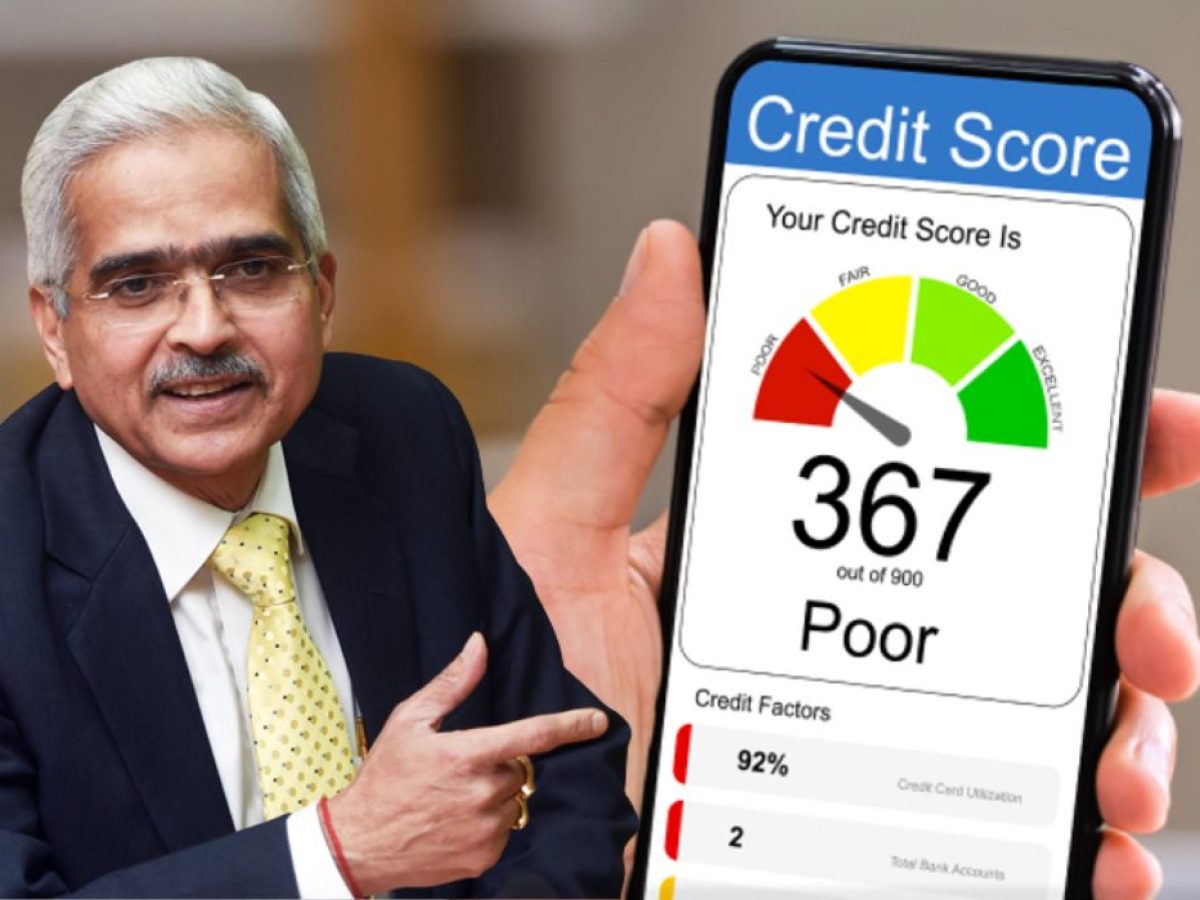RBI Credit Score: Starting January 1, 2025, the Reserve Bank of India (RBI) has enforced a new regulation requiring lenders to update credit bureau records every 15 days. This policy aims to improve the accuracy and timeliness of credit score calculations, ensuring borrowers’ financial activities are reflected more promptly. Previously, updates occurred monthly, which often delayed the acknowledgment of loan repayments or defaults. Announced in August 2024, this mandate allowed lenders and credit bureaus ample time to upgrade their systems.
Understanding RBI Credit Scores
A credit score is a three-digit number, typically ranging from 300 to 900, that represents a borrower’s creditworthiness. Higher scores indicate a greater likelihood of timely loan repayment. These scores are calculated by credit bureaus using data from lenders such as banks and credit card companies. Key factors influencing credit scores include:
- Payment History: Timely repayment of credit card bills and loans.
- Credit Utilization: The ratio of credit used to the total available credit.
- Credit Mix: A variety of credit types, including mortgages and personal loans.
- Recent Credit Inquiries: Applications for new credit products.
Impact of the 15-Day RBI Credit Scores
For Borrowers
The new 15-day update cycle allows credit scores to reflect changes more quickly. For example, previously, missed payments could take up to 40 days to show in credit reports. Now, real-time updates will enable lenders to access accurate borrower information faster. This benefits responsible borrowers, as their positive financial habits are recognized sooner, enhancing the credit evaluation process.
For Lenders
Lenders gain significant advantages from frequent updates. They can access the latest credit information, allowing for better decision-making when approving loans. This system also helps identify risks earlier and encourages offering better terms to borrowers with strong repayment records.
Addressing Credit Market Challenges
The 15-day update cycle resolves several persistent issues in the credit market:
- Managing Multiple Loan Applications: First-time borrowers often apply for several loans simultaneously, increasing repayment risks. Frequent updates help lenders monitor such behaviors more effectively.
- Preventing ‘Evergreening’: This practice involves taking new loans to repay old ones, creating a cycle of debt. Regular updates enable lenders to detect and mitigate such risks.
- Improving EMI Management: Borrowers with multiple EMIs due on different dates often face outdated credit evaluations. A 15-day reporting system ensures more accurate data for better assessments.
Challenges of Implementation
Transitioning to a 15-day reporting system requires significant technological upgrades for lenders and credit bureaus. While this poses initial challenges, the long-term benefits of improved market efficiency and reduced risks outweigh the difficulties.
Key Terms
- CRIF High Mark: A leading credit information company in India.
- Evergreening: A cycle of debt caused by taking new loans to repay existing ones.
- EMI: Equated Monthly Installment, a fixed payment made by borrowers.
- Credit Utilization: The ratio of credit used to total available credit.
- RBI: Reserve Bank of India, the central banking institution of India.
Future of Credit Reporting
The shift to 15-day updates is set to revolutionize credit reporting, enhancing transparency and credibility in the credit market. Borrowers who demonstrate disciplined repayment habits will enjoy better loan deals, fostering a healthier and more efficient financial ecosystem.




